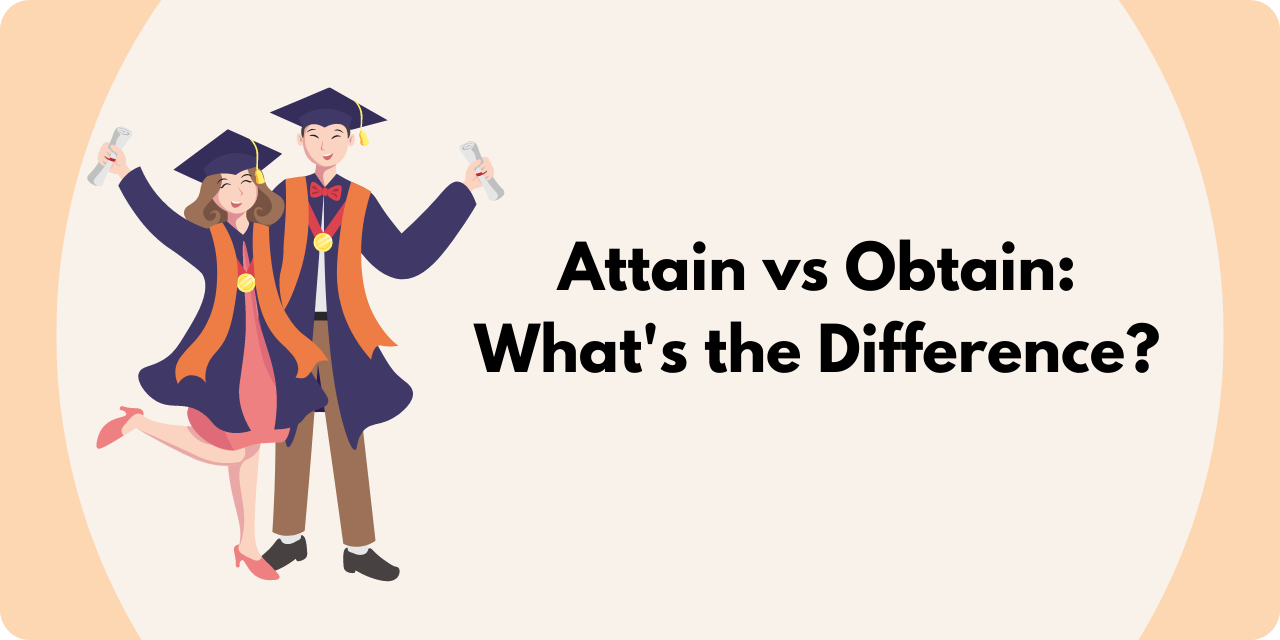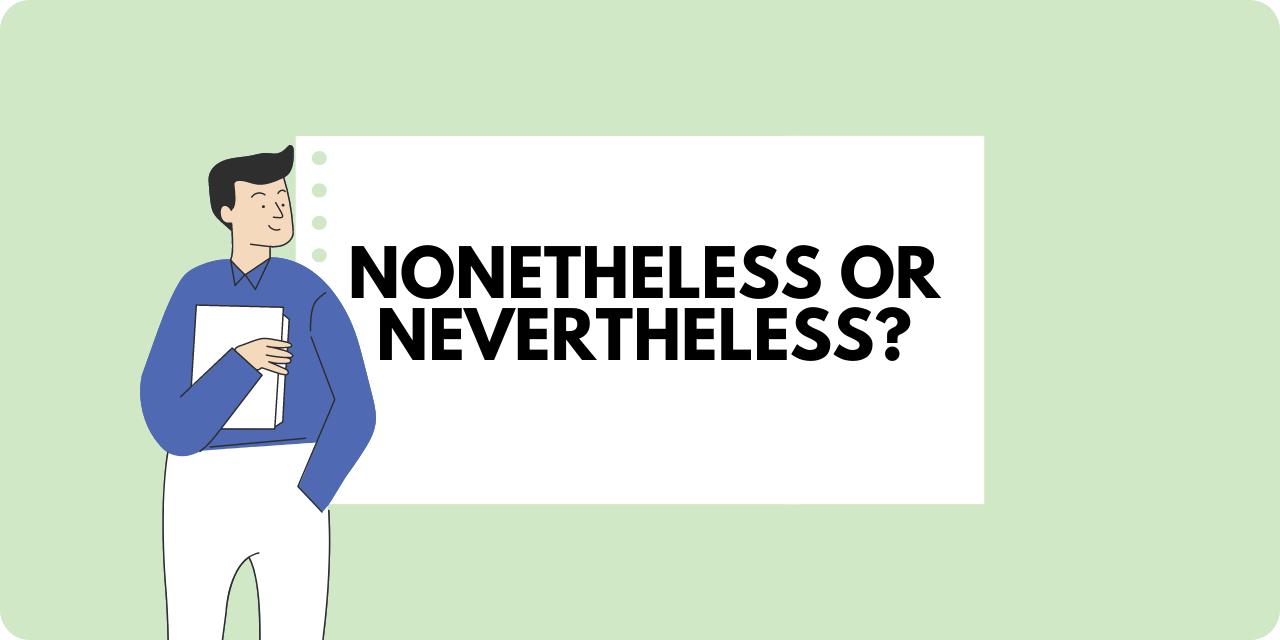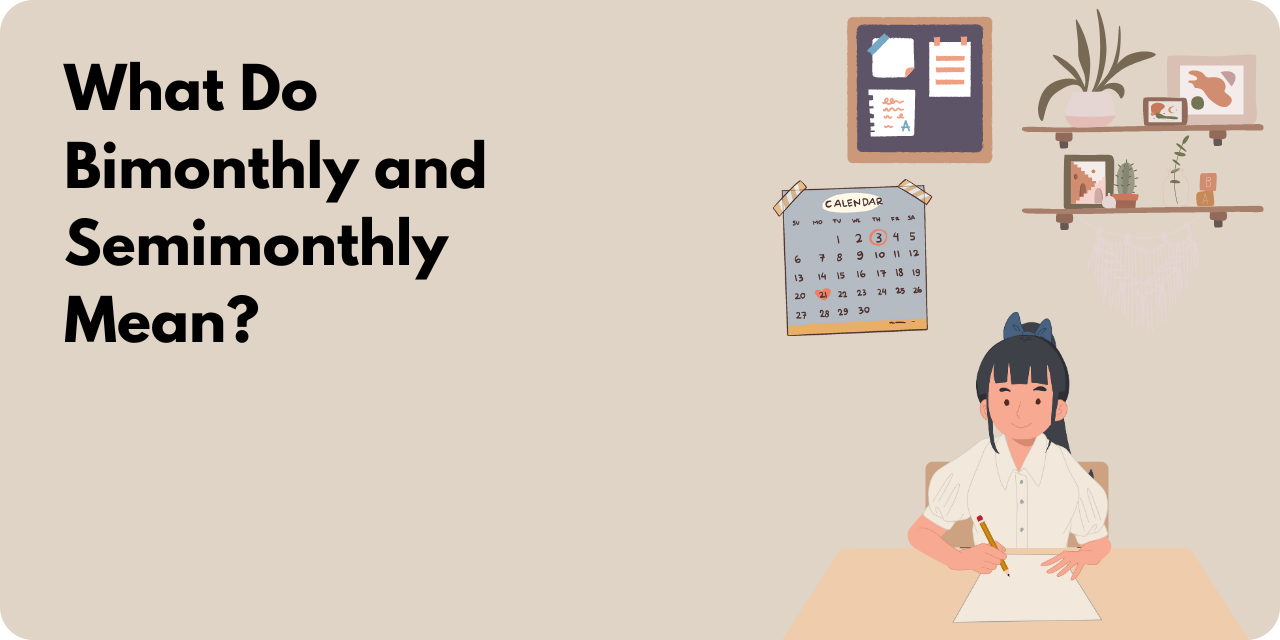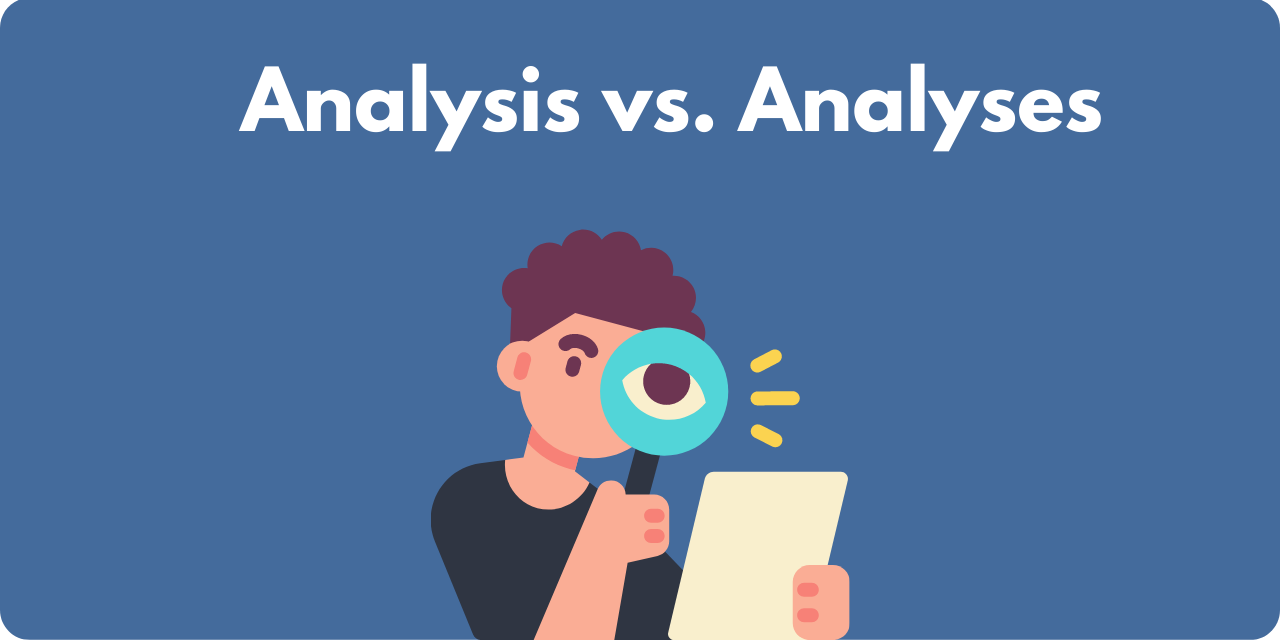Let’s go back to basics with a quick look at ” have” vs. “has.”
The verb “to have” is pretty standard in English. However, its other forms, “have” and “has,” can be slightly tricky, especially for non-native speakers. Even though you may think that these words may have the same meaning, there are some subtle nuances between them that you should know.
In comparison to “to have,” “have” and “has” refer to possession that is occurring in the present tense. Another point of distinction is that “has” uses pronouns like “he/she,” whereas “have” uses pronouns like “I/you/we.”
Have vs. Has
You should use “have” when speaking in the first, second or third person (plural) present tense. For example:
- I have three cupcakes.
- You have three cupcakes.
- They have three cupcakes.
- We have three cupcakes.

In contrast, you should use “has” when speaking in the third-person singular present tense. For instance:
- He has dark red hair and freckles.
- She has a few pets at home.

Using “Has” And “Have” With Other Verbs
In addition to their basic usage, you can also use these words in combination with other verbs. These verbs usually act as a complex way to indicate possession within a sentence. In most cases, using them with verbs adds stress to the action that is being described and creates a new level of complexity to the situation. For instance:
- You have to try my pizza tonight!
- She has to call him later.
- He has to finish some work before we can hang out.
Additionally, you can use “has” and “have” to show that a verb was completed in the past. This is formally called the “present perfect tense.” For example:
- I have waited for years for her new album to come out!
- We have wanted to try the pizza.
- He has loved listening to music for a while now!
In all those cases, the basic rule outline at the top of the articles follows. Have is linked to pronouns I, We, You and They, while has is linked to pronouns He and She.
Summary
In the end, “has” and “have” are two words that stem from the root “to have.” “Have” should be used when talking in the present first, second, or third (plural) person. In contrast, “has” should mainly be used in the third-person singular present tense. Additionally, these words can be paired with other verbs to create various results!
Further reading: Its? It’s? Or its’?






